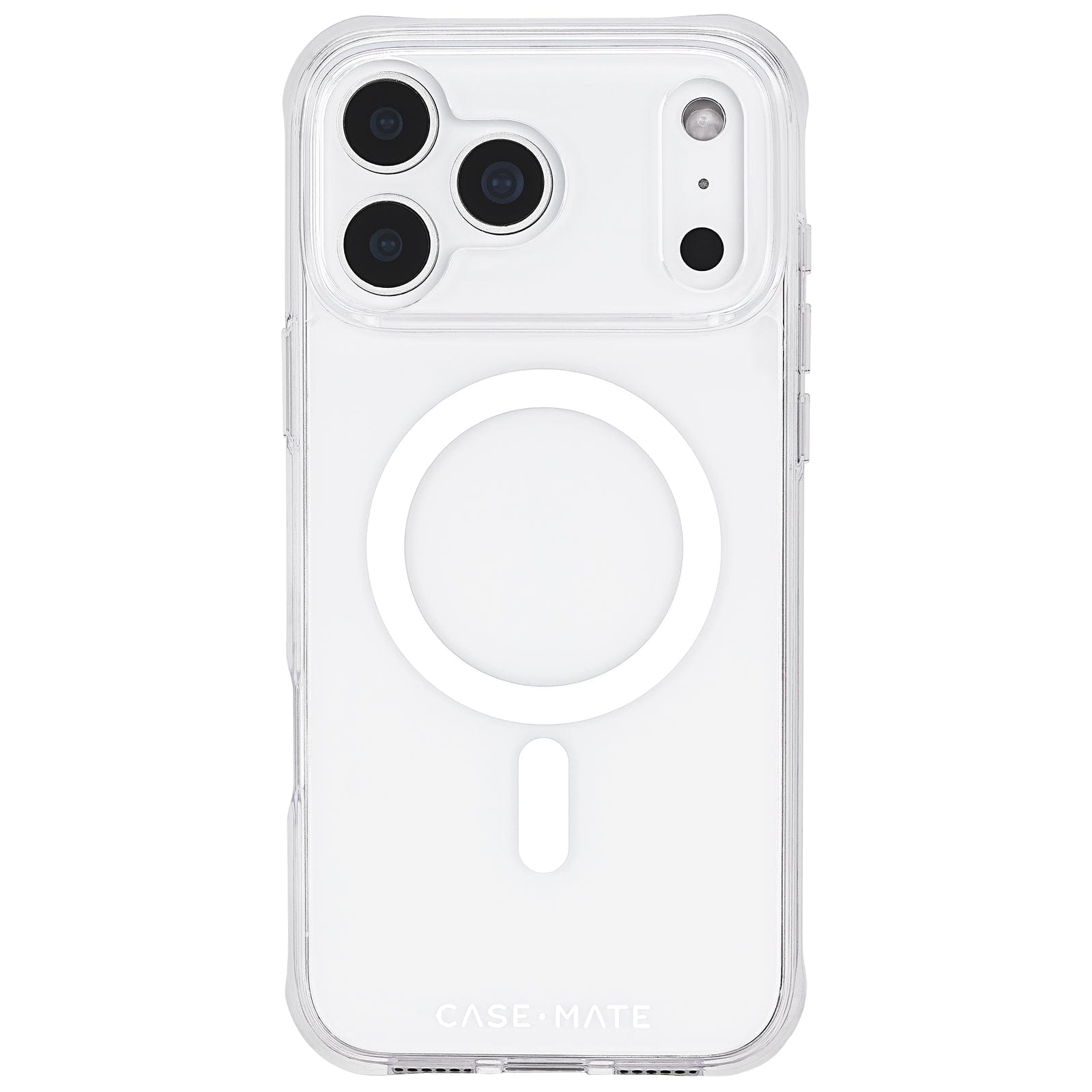Cart
Your cart is empty
When choosing a phone case, one of the first decisions you need to make is what material (or materials) to get. Some materials are more durable than others and can make a big difference in how protected your phone is. In this quick guide, we’ll walk you through the pros and cons of the five most common phone case materials.
HARD PLASTIC
There are two main types of plastic used in smartphone cases: thermoplastic polyurethane (TPU) and polycarbonate (PC). PC is more rigid and hard, while TPU is slightly softer and more flexible (but still not as soft as silicone and rubber).
Both of these types of plastic are great at maintaining their shape, making them a durable option for people who are tough on their phone cases. They are also very thin and lightweight, so they won’t add much bulk to the phone.
However, the slick surface doesn’t give them much grip and poorly made plastic cases might shatter on impact if your phone does fall. Look for high quality iPhone cases like those from Case-Mate, which all have a 10-foot drop guarantee.
Pros:
- Durable and strong
- Lightweight and slim
- Very customizable, lots of colors and designs available
- Affordable
Cons:
- Slick exterior lacks grip
- Only one layer of protection
BROWSE IPHONE CASES
SILICONE
Silicone is probably the second most common material for a Samsung phone case. It is inexpensive, comes in many different colors and provides excellent grip. However, a pure silicone case may stretch out over time and require a replacement more often. The tacky surface makes it hard to slide the phone in and out of your pocket and will attract fuzz, dirt, lint and other debris that will be difficult to clean up.
Sometimes you can find a case that comes with a hard plastic shell with a silicone overlay — or that is mostly hard plastic but features raised silicone grips — in order to combine some of the benefits of hard plastic with silicone.
Pros:
- Very grippy
- Lightweight
- Affordable
Cons:
- Grippy texture may catch on unwanted surfaces
- Will attract dust and debris
- May stretch out over time and slip off the phone
RUBBER
Rubber is usually used as a complement to hard cases in order to provide extra shock absorption and grip. For example, the Pelican Protector line of cases takes a shock-absorbing rubber lining and covers it with a rigid, impact-resistant hard plastic outer shell to give you the best of both worlds. If you want more protection than hard plastic alone can offer, definitely look for a case that incorporates rubber, too.
Pros:
- Offers excellent shock absorption when paired with hard plastic
- Very grippy when applied to exterior of case
Cons:
- Dual layer cases are more expensive
- Not available in as many colors and designs
SHOP SAMSUNG CASES
LEATHER
Leather and synthetic leather phone cases are more expensive and less durable than the other options listed here, but if you want a luxurious case to take to the office, this might suit your tastes. These phone cases are usually made of a leather or synthetic leather material molded around a hard plastic case to give it shape.
The leather offers a nice grip, though it may wear down over time and as the leather becomes shiny. Over time, the leather will become marked and scratched due to regular wear and tear, just like your leather shoes or purses. Real leather cases may also require maintenance just like other leather products.
Pros:
- Looks and feels very elegant
Cons:
- Real leather is not vegan-friendly
- Will become marked and scuffed over time
- Requires more upkeep
- Not as durable and provides less protection
- More expensive
WOOD
Wood may look attractive, but unfortunately, it’s not practical as an iPhone case material. Wood is prone to cracking, nicking and splintering, and it may also sustain water damage if it isn’t properly sealed. These cases also tend to be bulkier because the wood is usually inlaid into a hard plastic case so you have two layers instead of one. If you really love the look of wood, we recommend searching for a hard plastic case printed with a wood pattern so you can get the look without the downsides.
Pros:
- Looks great
- More sustainable
Cons:
- Will crack and splinter easily
- Designs are limited
- Provides less protection
- Harder to find
Made a decision about what material to choose for your phone case? Then it’s time to start browsing the high quality phone case selection at Case-Mate. Don’t forget to add a tempered glass screen protector to your cart as well so that your phone will have 360 degrees of protection!









































